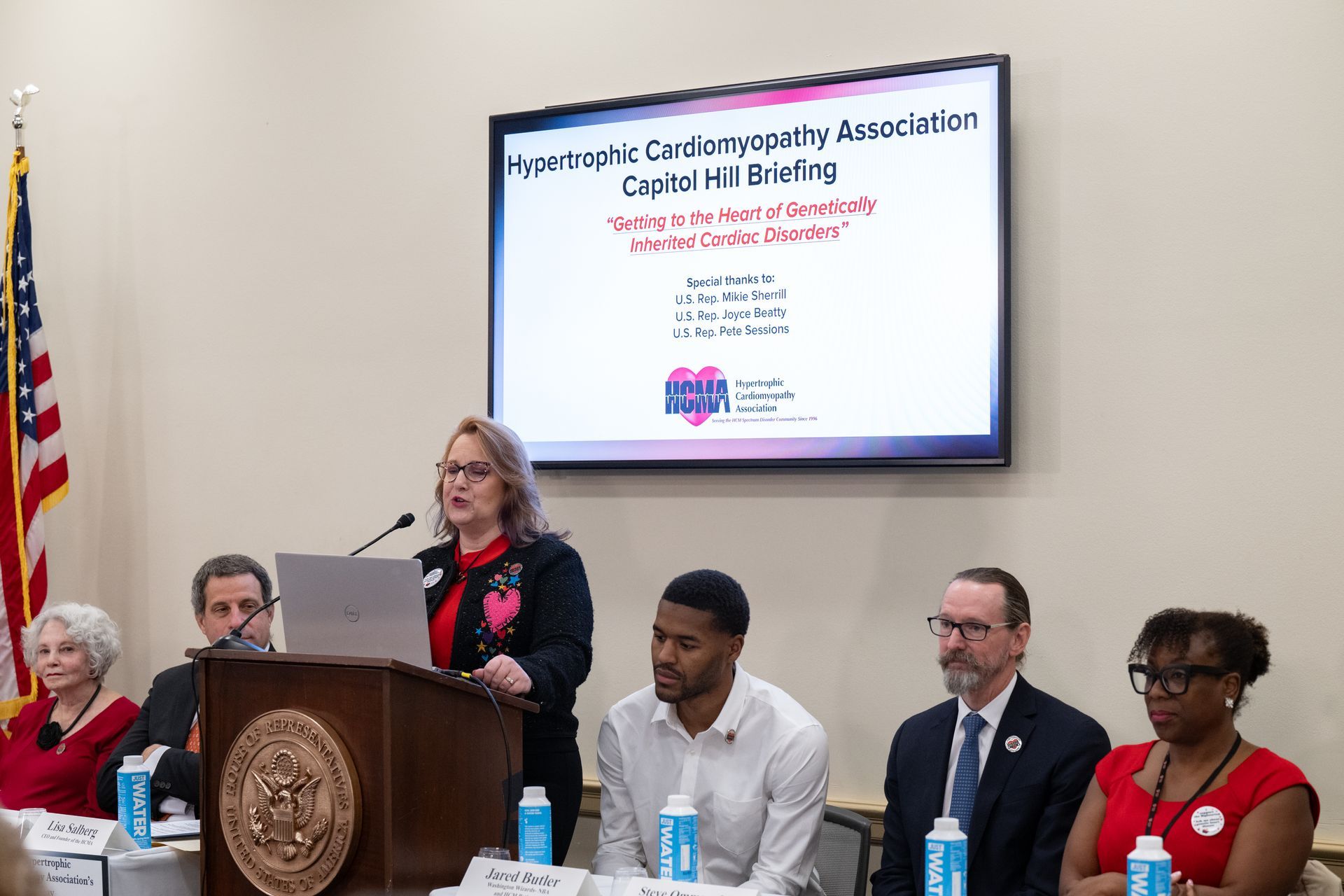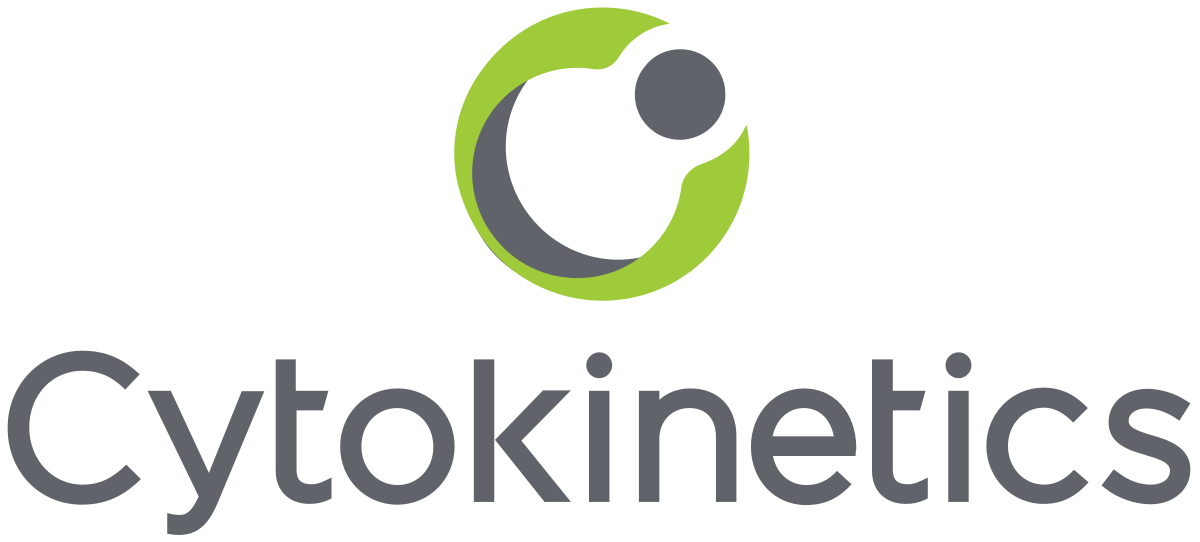Some arrhythmias are harmless, while others are serious and need treatment.
by Sabrina Cuddy
An arrhythmia is a problem with the rate or rhythm of your heartbeat. It means that your heart beats too quickly, too slowly, or with an irregular pattern. This can be scary, but many arrhythmias are harmless, and others are very treatable!
Some common arrhythmias in HCM are atrial flutter/fibrillation, ventricular tachycardia/fibrillation, left or right bundle branch block, PVC, PAC, and others. Some arrhythmias are harmless, while others are serious and need treatment.
Your doctor may use tests such as EKG/ECG, Holter / Event Monitor, or an implantable loop recorder to diagnose an arrhythmia.
Which treatment your arrhythmia needs depends on where and what the problem is. Your cardiologist may send you to an electrophysiologist to help diagnose and treat arrhythmia.
Some arrhythmias can be controlled with medications, while others require ablation procedures. AFIB might be treated with cardioversion. Some arrhythmias require a pacemaker, and the most dangerous arrhythmias are best treated with an internal cardioverter-defibrillator (ICD).
Implantable devices used to treat arrhythmias
A transvenous ICD is a small battery-powered electronic device connected to the heart with wires called "leads." ICDs can shock your heart out of dangerous arrhythmias, especially ventricular tachycardia or fibrillation. Some ICDs can act as pacemakers and treat an arrhythmia before it becomes dangerous, thus avoiding a shock.
A subcutaneous ICD (S-ICD) is a newer type of ICD implanted under the skin on the side of the chest below the armpit. It's designed to prevent sudden cardiac arrest by delivering a shock if it detects a dangerous arrhythmia. It can't act as a pacemaker.
A pacemaker prompts the heart to beat at a regular rate. You may need a pacemaker if you have bradycardia - a slow heart rate. You might need a pacemaker if you have a heart block - the ventricle's electrical signal is partly or totally blocked. A pacemaker can't shock you out of a dangerous rhythm.
Ablation for Arrhythmia
When medications don't control arrhythmia, treatment with ablation is sometimes possible. This is particularly common for atrial fibrillation (AFIB). Two types of ablation are radio-frequency/cryoablation and pulmonary vein isolation.
Sometimes, ablation can be done for other types of arrhythmias but may not be as effective as those for AFIB. If you have myectomy surgery and have AFIB, sometimes a procedure called MAZE is done during surgery to treat the arrhythmia.



